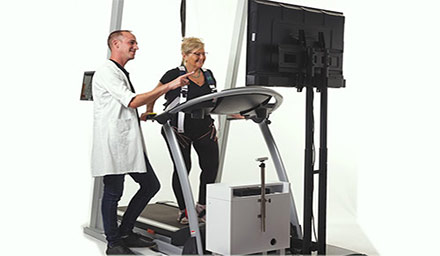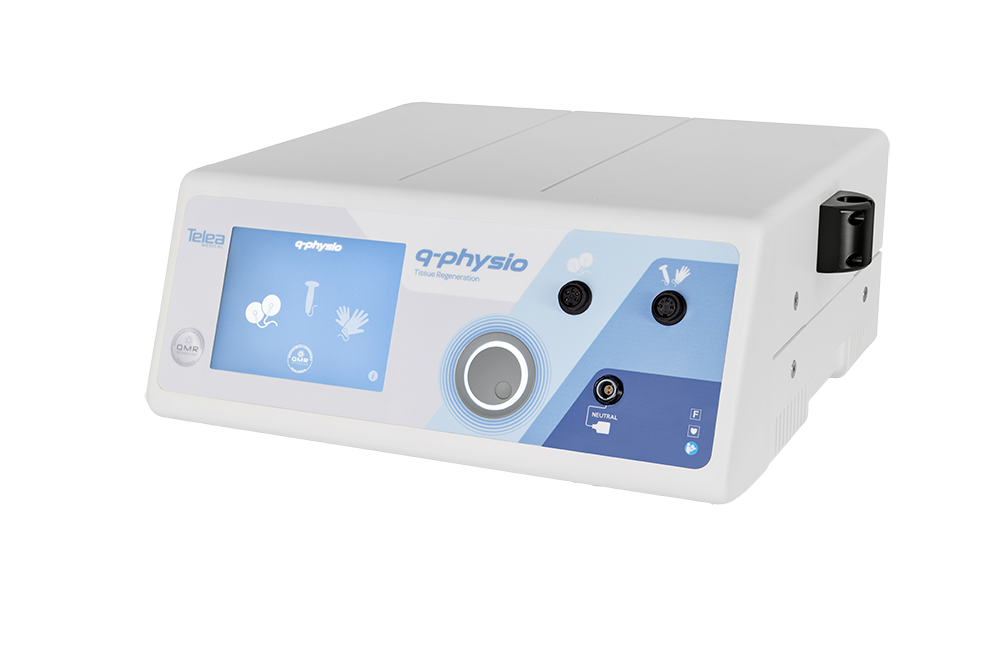Abstract
Offset analgesia (OA) is the disproportionate decrease in pain experience following a slight decrease in noxious heat stimulus intensity. We tested whether sequential offsets would allow noxious temperatures to be reached with little or no perception of pain. Forty-eight participants continuously rated their pain experience during trials containing trains of heat stimuli delivered by Peltier thermode. Stimuli were adjusted through either stepwise sequential increases of 2°C and decreases of 1°C or direct step increases of 1°C up to a maximum of 46°C. Step durations (1, 2, 3, or 6 s) varied by trial. Pain ratings generally followed presented temperature, regardless of step condition or duration. For 6-s steps, OA was observed after each decrease, but the overall pain trajectory was unchanged. We found no evidence that sequential offsets could allow for little pain perception during noxious temperature presentation.
NEW & NOTEWORTHY Offset analgesia is the disproportionate decrease in pain experience following a slight decrease in noxious heat stimulus intensity. We tested whether sequential offsets would allow noxious temperatures to be reached with little or no perception of pain. We found little evidence of such overall analgesia. In contrast, we observed analgesic effects after each offset with long-duration stimuli, even with relatively low-temperature noxious stimuli.
INTRODUCTION
Offset analgesia (OA) was first described by Grill and Coghill (2002) and was defined as a disproportionate decrease in pain experience following a slight decrease in heat stimulus intensity. In a typical OA experiment, three successive periods (T1, T2, T3) each contain a continuous noxious stimulus. The first and last stimuli are of equal intensity, but the middle stimulus is slightly more intense (e.g., 45°C, 46°C, 45°C). The OA effect is revealed by a greater fall in reported pain intensity following a step back to the original noxious stimulus temperature compared with delivery of a continuous noxious stimulus temperature (e.g., 45°C, 45°C, 45°C).
































